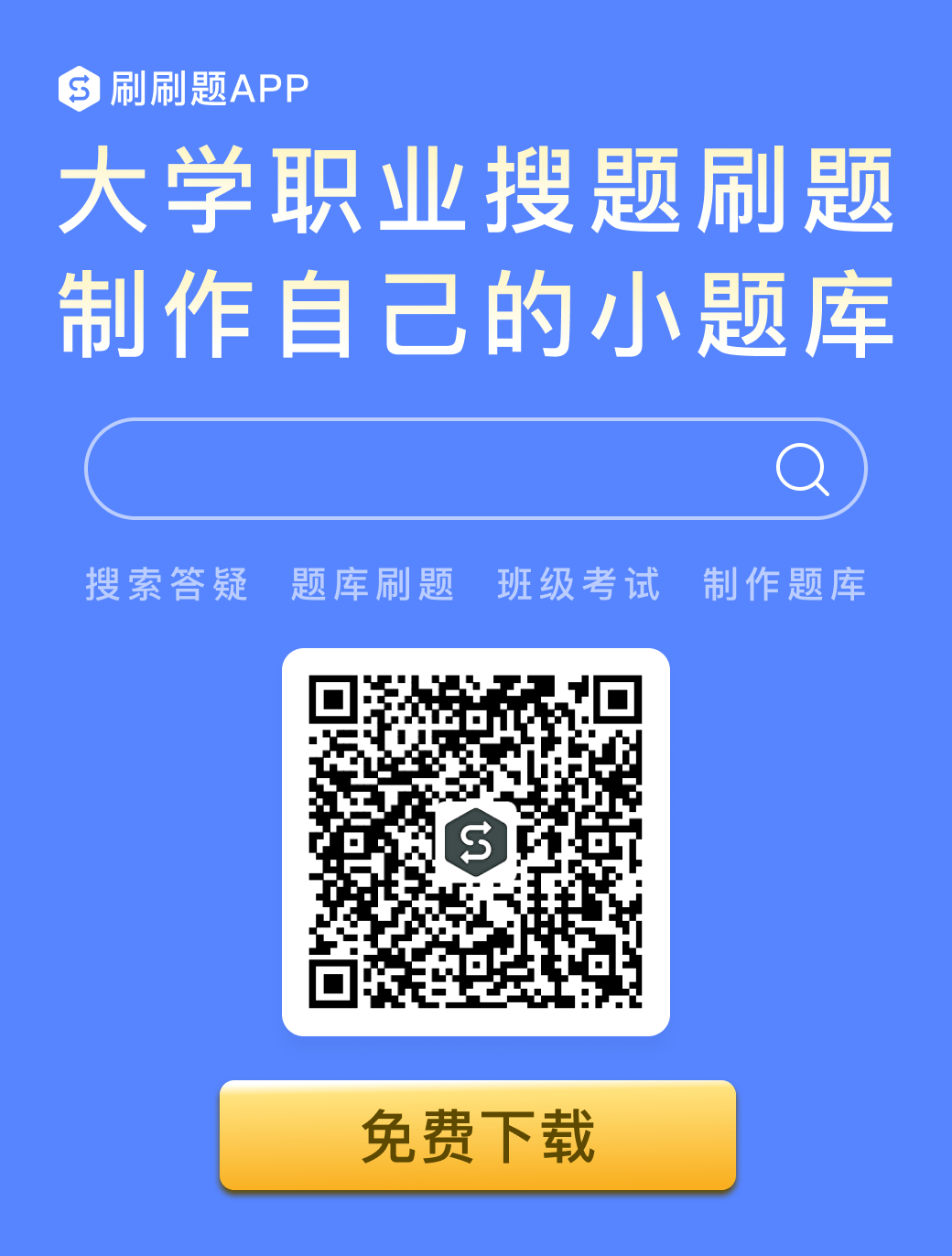
创建自己的小题库
搜索
【单选题】


What Dictionaries Are For One of the chief supports of any language ’’researcher’’ is the dictionary. Many students understand this and, as a result, buy themselves bilingual dictionaries or electronic translators because they hope that they will find an instantly usable translation of a word they know in their language. Many bilingual dictionaries fail to give sufficient information about grammatical context, appropriacy, and connotation. This does not mean that all bilingual dictionaries are bad or that students should never use them. There are some excellent examples available now and whether we like it or not, students will always use them, especially at lower levels. Monolingual dictionary (MLD) What we can do is show them something different which is just as good — and in many ways better: the monolingual dictionary (MLD). MLDs, whether in book form, on CD or available on the Internet, are those written in only one language (in this case English). Although most ’’general’’ dictionaries are, of course, monolingual in this sense, the acronym (缩写词) tends to be used to describe dictionaries written especially for language learners, and that is the sense in which we use here. Current examples include the Longman Dictionary of Contemporary English, the Cambridge International Dictionary of English, the Oxford Advanced Learner’’s Dictionary, and the COBUILD Dictionary. In them users will find information such as the different meanings that words have, how they are pronounced, what other words they collocate with, and when they can be used. They also give examples of the words in phrases and sentences so that students get a very good idea of how they themselves can use this word. One of the more important features of many of the current generation of MLDs is that their definitions are written in a language which is itself simplified, thus avoiding the possibility that the definition is more difficult to understand than the words itself: it makes a lot more sense to say that a dog is very common animal that people keep as a pet or to guard a building (Longman Dictionary of Contemporary English) than that it is canine quadruped! Students as beginner level will usually find MLDs too difficult to use because the language in the definitions will be way above their heads however careful the lexicographers (词典编撰者) have been. Such people may well rely on their bilingual dictionary. But from somewhere around the intermediate level, students will find the information that MLDs contain invaluable, as we shall see in the following examples in this section. Reference Dictionaries Reference dictionaries—the kind that we most frequently use—need to be distinguished from production dictionaries, a type of dictionary which has emerged comparatively recently. A reference dictionary is one where a student looks up a word to see what meanings it has, how it is used, and they way it is spelt and pronounced. Dictionaries are generally used when students have already come across a word and then look it up to check that they know how to use it. Sometimes they will find a word in their bilingual dictionaries and then check with the MLD to see if they have understood correctly. Production Dictionaries Production dictionaries, on the other hand, are designed for students to use the other way round, starting with a meaning they wish to express and in order to look for the word that expresses it. Suppose, for example, that they wish to express the idea of someone secretly listening to someone else while standing near him, perhaps on other side of a door. A native speaker would immediately choose the word eavesdrop to describe the situation. The foreign student might find this in a bilingual dictionary, but would have more trouble with a reference MID since, not knowing the word in the first place, he or she would not, of course, be able to look it up. In a production dictionary, students look for a general word that they already know, and which is a bit like the concept they wish to be able to express in English. In the case of eavesdrop, for example, that word might be listen. Training students to use dictionary If we want students to use dictionaries, it will probably not be sufficient just to recommend a dictionary and tell them how useful it is. Even though huge improvements have been made in dictionary design over the last few years, and even though there are now a number of Internet, CD-ROMS, and DVD-based dictionaries—still the wealth of information can be extremely confusing to some users. Indeed the frequently dense design of some dictionaries may be enough to put them off altogether. In order to avoid this problem, many teachers and materials designers put dictionary training into lesson sequences, so that students will see how to use them and what the benefits of such use are. Thus we can make sure, for example, that students recognize the metaphorical (比喻性的)meanings that are given, and that they identify typical lexical phrases which the word they are looking for occurs in and which good dictionaries list clearly. Longman Dictionary of Contemporary English is monolingual reference dictionary.
A.
Y
B.
N
C.
NG

题目标签:缩写
如何将EXCEL生成题库手机刷题 分享
分享
 反馈
反馈 收藏
收藏 举报
举报参考答案:


举一反三
【单选题】ISP是什么的缩写()。
A.
Internet软件包
B.
Internet服务供应商
C.
Internet软件供应商
D.
交互服务软件包

相关题目:
【单选题】ISP是什么的缩写()。
A.
Internet软件包
B.
Internet服务供应商
C.
Internet软件供应商
D.
交互服务软件包

参考解析:


AI解析
重新生成

题目纠错 0
发布

 复制链接
复制链接 新浪微博
新浪微博 分享QQ
分享QQ 微信扫一扫
微信扫一扫





